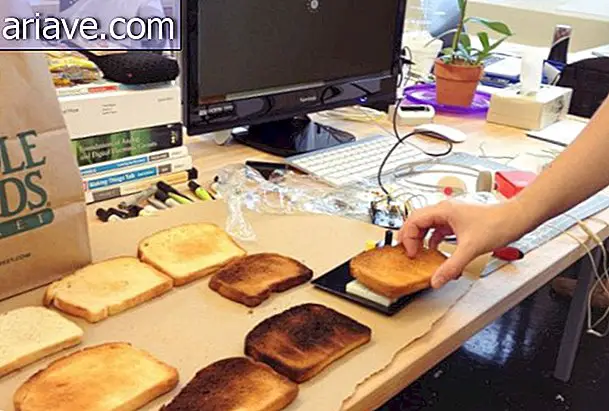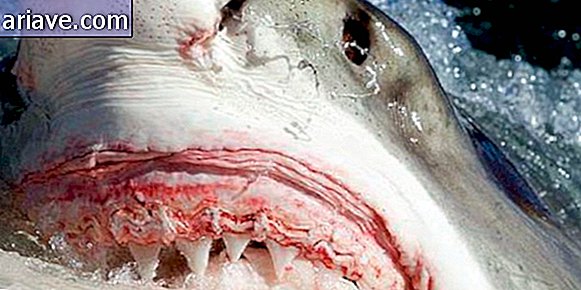Do you know how injury cauterization works?
You may have watched more than one movie in which the hero uses an incandescent blade or even a torch to close an open wound, right? But in real life, how does this procedure - known as cauterization - work? And what happens after it is performed?
According to a video produced by The Medicine Journal - which you can access through this link - old-fashioned cauterization is characterized by the use of a very, very hot metal instrument to close an open wound to stop bleeding. However, while it may seem simple when Rambo makes use of this procedure on the big screen, the fact is that the injured person becomes extremely susceptible to infections.
Story
There are historical records that cauterization had been performed since the time of Hippocrates, ie in the 5th century a. C. The procedure was applied by doctors of the time to stop the loss of blood and prevent the emergence of infections after various surgical procedures, such as amputations and removal of tumors, for example.

When blood or other tissues are exposed to extreme heat, they lose their original chemical structure, ceasing their usual cellular functions. The result of this is the emergence of several abnormal features, some of which are - effectively - related to the cessation of bleeding. This is the case with the loss of protein solubility and the formation of a clot that prevents the passage of blood in a process known as protein denaturation.
But in spite of stopping bleeding, contrary to what the ancients thought, modern medicine has found that cauterization actually increases the risk that patients get infections.
Types and care
Have you noticed that in the movies, after heroes bravely cauterize their wounds, they never reveal what happens next? Although heat application is a very effective method for killing pathogens, when applied to human skin, heat causes second and third degree burns. And the problem is that this "environment" is super propitious for the proliferation of bacteria.
Numerous studies have shown that cauterization, when performed in an uncontrolled environment, can be quite dangerous. On the other hand, modern medicine has developed two techniques, one chemical and the other electric, to use cauterization in its favor and in its favor.
The first method, chemical cauterization, employs corrosive substances capable of heating - or cooling - the tissues to be treated, while the second method, electrical cauterization, heats the wounded area through electricity. Both techniques, when compared to the use of incandescent metals or torches, offer a much lower risk of infection.

Either way, if you are required to perform a Rambo-style emergency cauterization, be prepared to use antibiotics that will help you fight the inevitable infection that will follow the procedure. But before you put your machete to heat, remember that in many cases applying pressure and bandages can help control bleeding.
Therefore, unless you suffer a serious injury where Judas lost his boots and there is no other option available to stop the bleeding or a hospital nearby, you should avoid trying to cauterize a wound yourself.











